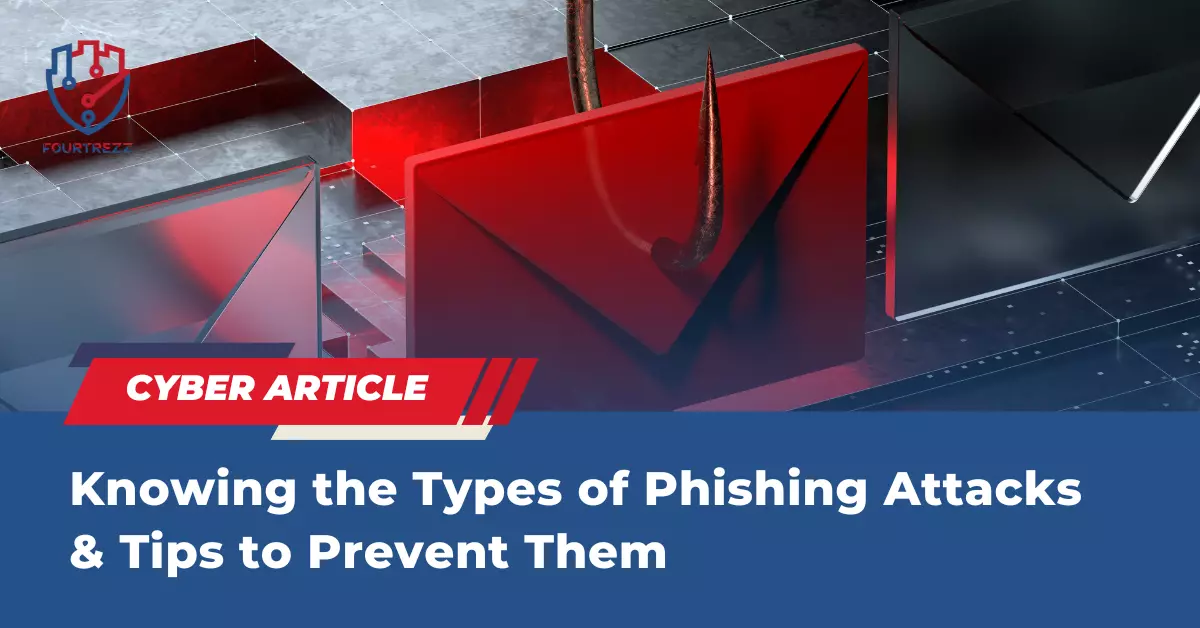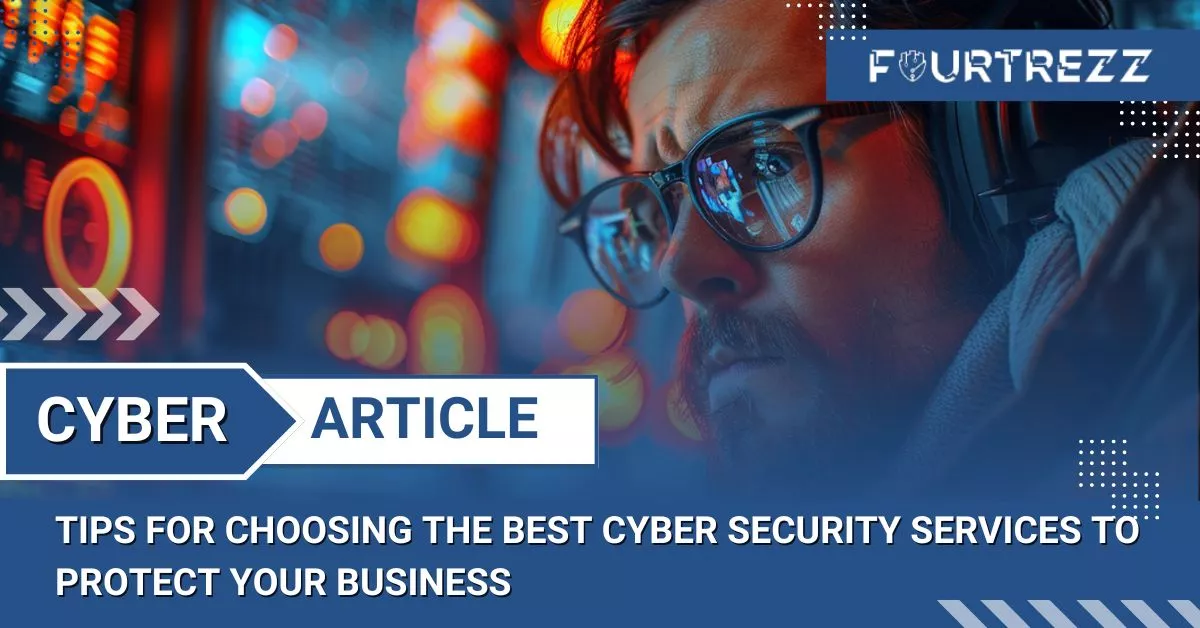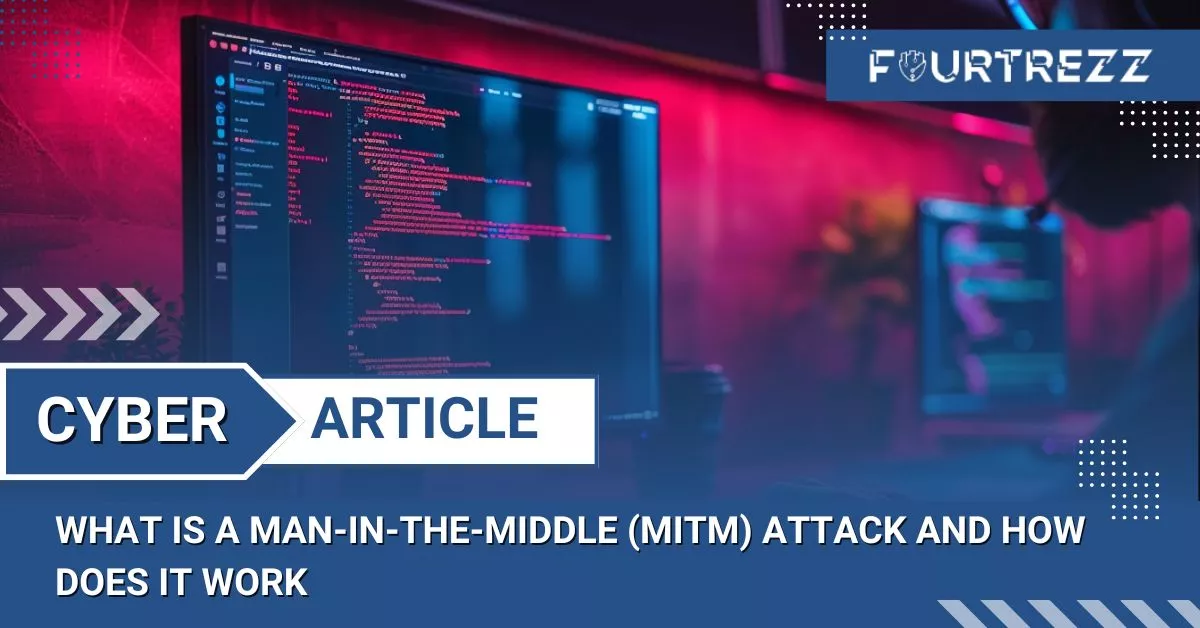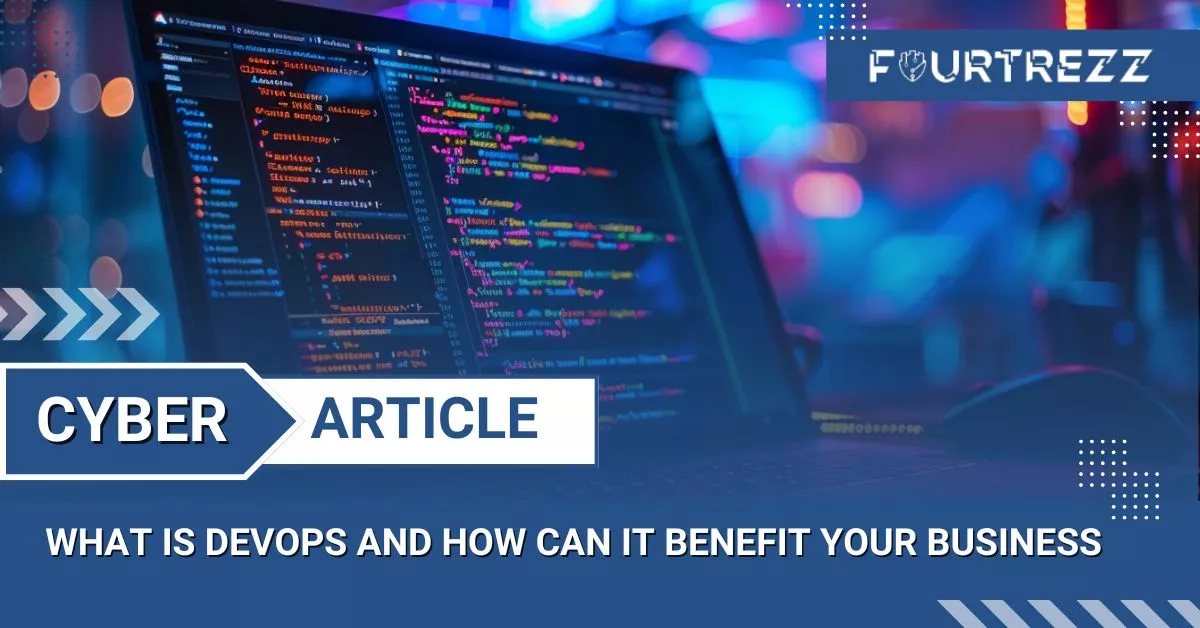Phishing is a type of cyberattack that leverages the trust of internet users to breach their personal and financial information. This attack can be executed via emails, counterfeit websites, or social media platforms that appear legitimate.
Phishing attackers employ sophisticated techniques to deceive internet users into relinquishing their personal or financial information. In this article, we will discuss various types of phishing attacks and tips to prevent them.

Types of Phishing Attacks
Below are some of the most common types of phishing attacks:
- Phishing via Email
Phishing through email is a method that uses emails to steal user’s personal information. Hackers send emails that appear to be official communications from a particular company or organization, asking for personal information such as passwords or credit card numbers. For instance, receiving an email claiming to be from a bank, asking us to verify personal information by clicking a link within the email. This link leads to a phishing page that resembles the bank’s official page where we are prompted to enter personal information. The hacker then misuses this information for malicious purposes.
- Phishing via Counterfeit Websites
Phishing through counterfeit websites involves using fake websites that resemble the original websites of specific companies or organizations to steal user’s personal information. Hackers launch fake websites closely mimicking the genuine ones, asking for personal details such as usernames, passwords, phone numbers, and email addresses. For example, when searching for a bank’s website through a search engine, we might encounter a counterfeit website resembling the bank’s official site. Entering personal information like passwords and credit card numbers on this site leads to the information being stolen by hackers. Thus, ensuring that we access the correct website and carefully verifying the website’s address is crucial.
- Phishing via Social Media
Phishing through social media involves using platforms like Facebook, Twitter, and Instagram to steal users’ personal information. Hackers typically create fake accounts resembling official accounts of certain companies or organizations and ask users for their personal information. For instance, receiving a message or direct message (DM) from an account posing as a bank or e-commerce company, asking us to click a link leading to a phishing page where we are prompted to enter personal details like passwords or credit card numbers. This information is then misused by the hacker for malicious activities.
- Phishing via Pop-Ups
Phishing through pop-ups involves using unexpected pop-up windows or ads appearing while browsing the internet. These pop-ups often resemble login forms or surveys, asking us to enter personal information like usernames, passwords, phone numbers, and email addresses. For example, visiting a certain website may trigger a pop-up claiming that our account is locked and asking us to enter personal information to unlock the account. These pop-ups are actually phishing attempts aiming to steal our personal information.
Tips to Prevent Phishing Attacks
Here are some tips to help prevent phishing attacks:
- Be Cautious with Unknown Emails If you receive an unknown email, avoid clicking links or entering personal information immediately. Verify whether the email is genuine by contacting the sender via their official email address or phone number listed on the official website.
- Inspect Website URLs Carefully Ensure that you scrutinize the website URLs closely before entering personal or financial information. Fake website URLs often closely resemble genuine website URLs, so be vigilant.
- Use Security Apps Download and install security apps on your device to aid in preventing phishing attacks. These apps can block fake websites and alert you when trying to access unsafe websites.
- Avoid Disclosing Personal Information Never disclose personal information such as usernames, passwords, credit card numbers, or other financial details online unless you are certain that the website or company you are engaging with is official.
- Use Strong Passwords Ensure that you use strong and unique passwords for each of your accounts. Passwords should consist of a combination of uppercase letters, lowercase letters, numbers, and symbols.
- Verify Email Sources Before providing personal information, ensure that you verify the email source. Check the email address and domain to ensure that the email genuinely originates from a trustworthy source.
- Use Two-Factor Authentication Utilize two-factor authentication to enhance the security of your online accounts. Two-factor authentication requires confirmation through another method such as SMS or an authentication app besides a password, making your account more secure against phishing attacks.
Conclusion
Phishing attacks pose a serious threat to your online privacy and information security. However, by understanding the types of phishing attacks and how to prevent them, you can safeguard yourself and your essential information. Avoid disclosing personal information, verify email sources, use antivirus and firewalls, avoid clicking links from unknown sources, and employ two-factor authentication to enhance security layers. Always be cautious and remain alert to phishing attacks.
Now that you are aware of the various types of phishing attacks and how to prevent them, your next step is to apply these prevention methods to protect yourself and your crucial information. Don’t procrastinate; begin safeguarding your online privacy and information security immediately. Share this article with your friends and family to help them understand and protect themselves against phishing attacks.










